No one likes surprise expenses—especially when they come from something as ordinary as your fridge or washing machine calling it quits. But in 2025, some appliance repairs are expected to hit harder than ever on your wallet. Whether it’s due to rising labor costs, pricier replacement parts, or just the complexity of today’s tech-packed machines, these fixes could leave a serious dent in your budget. Before something breaks down, take a look at the 12 repairs that might just break the bank—so you can plan ahead, or better yet, avoid them altogether.
1. Water Heaters

Water heater repairs have always been pricey, notes Bob Vila, but the costs are expected to climb even higher in 2025 due to rising labor and material expenses. If the heating element in an electric water heater burns out, replacing it can cost between $300 and $500. Gas-powered models can be even more expensive to repair, especially if the gas valve or ignition system needs replacing. In some cases, corrosion or sediment buildup inside the tank leads to leaks, requiring a full unit replacement.
Tankless water heaters, which have grown in popularity due to their energy efficiency, come with their own repair challenges. A malfunctioning heat exchanger can cost upwards of $1,000 to fix, and electronic control issues can add to the expense. As more homeowners invest in smart water heaters with remote monitoring capabilities, software failures are becoming an additional concern. Plumbing complications can also add to repair costs, particularly if professional installation is required for new parts. With inflation affecting service fees, homeowners can expect water heater repairs to put a significant dent in their budgets next year.
2. Air Conditioners
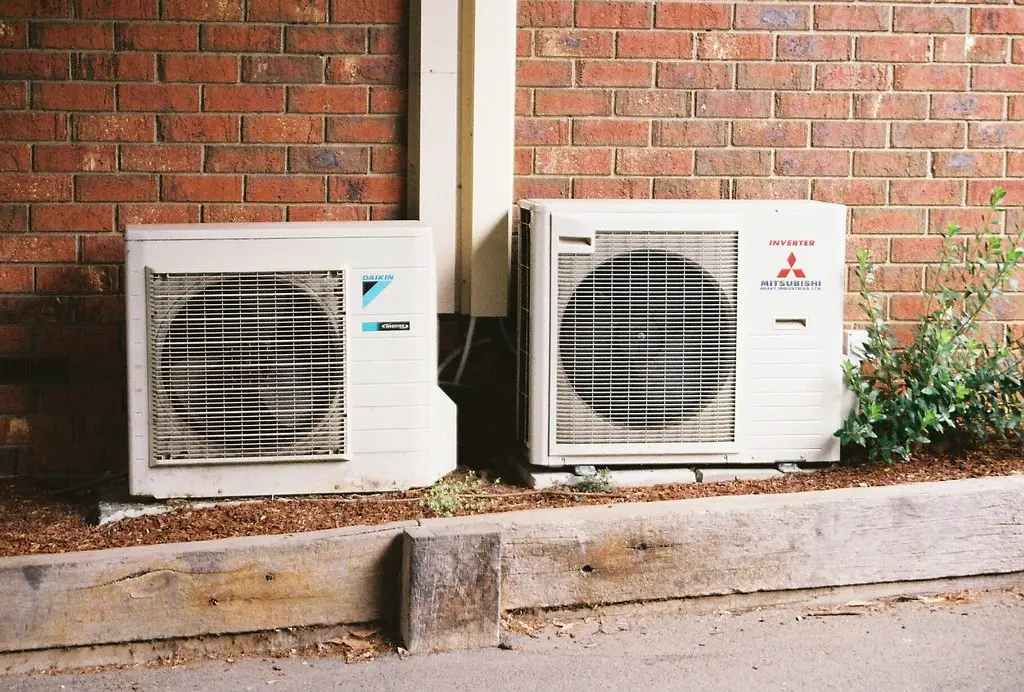
Air conditioners are among the most expensive household appliances to repair, and costs are only expected to rise in 2025, says This Old House. A failing compressor, one of the most common issues, can cost anywhere from $1,000 to $2,500 to replace, depending on the unit’s size and brand. Refrigerant leaks are another costly problem, as newer AC models often require more expensive, environmentally friendly refrigerants. Diagnosing these leaks can be labor-intensive, further adding to the repair bill.
Smart thermostats and advanced sensors have made air conditioning systems more efficient, but they’ve also introduced additional failure points. If a control board malfunctions, a homeowner could face a repair bill of $500 or more. Electrical issues, such as faulty capacitors or wiring problems, are also becoming more complex as manufacturers integrate more digital components. With HVAC technicians in high demand, labor costs will continue to increase, making even minor repairs expensive. Given these factors, many homeowners may opt to replace their units rather than repair them.
3. Refrigerators
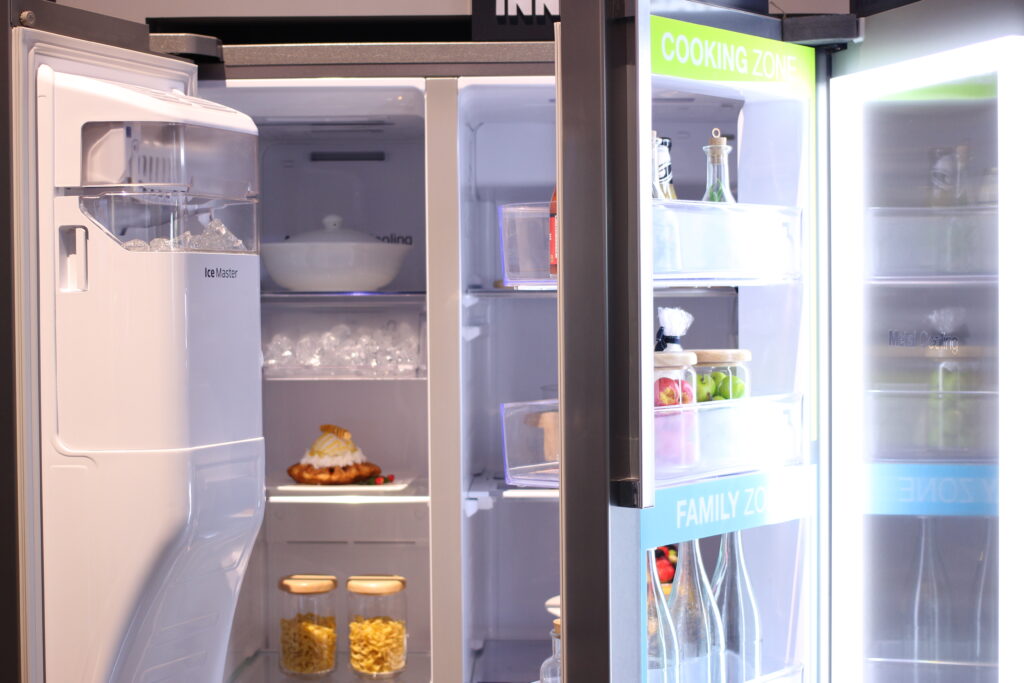
Refrigerators are one of the most expensive home appliances to repair, and costs are expected to rise even further in 2025. Modern refrigerators are equipped with high-tech features such as smart touchscreens, water filtration systems, and dual cooling zones, all of which increase the complexity of repairs, according to American Home Shield. If the compressor fails, which is a common issue, the repair can cost anywhere from $500 to $1,200, depending on the model and brand. Replacing a faulty control board or ice maker can also set homeowners back several hundred dollars.
As manufacturers integrate more electronics into refrigerators, diagnosing problems often requires specialized tools and expertise, further driving up labor costs. Additionally, some newer models use proprietary parts that are difficult to source, leading to longer wait times and higher replacement costs. With supply chain issues continuing to impact the availability of components, homeowners may face delays in getting their fridges repaired. Extended warranties can help, but they don’t always cover every issue. For those with high-end or built-in models, repairs may exceed $2,000, making replacement a more attractive option.
4. Washing Machines
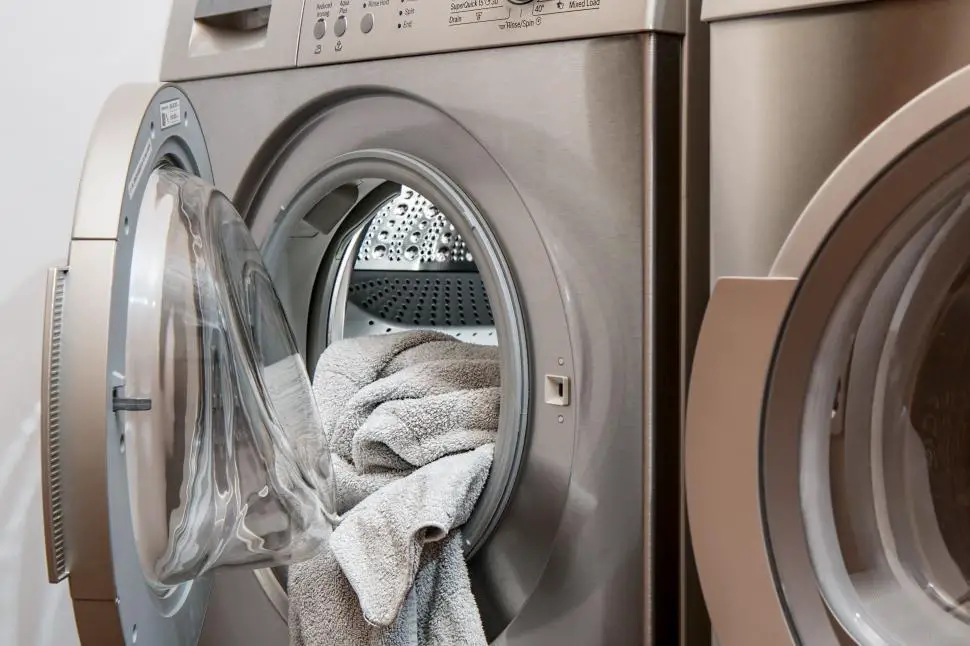
Washing machines have become increasingly complex, featuring advanced sensors, touch controls, and eco-friendly washing cycles. While these features improve efficiency, they also make repairs significantly more expensive. A broken motor, for instance, can cost upwards of $400 to replace, while a faulty control panel may require a $600 repair, says Fred’s Appliance. If the drum becomes misaligned or damaged, homeowners could be looking at a bill of $500 or more.
As front-loading washers grow in popularity, their repair costs have also risen due to their intricate design. Issues with the door lock mechanism or water drainage system can be particularly expensive to fix. Additionally, the increasing number of electronic components means that simple issues often require replacing entire circuit boards. DIY repairs are becoming more difficult, as manufacturers limit access to service manuals and proprietary parts. With labor costs rising, even minor washing machine issues can result in hefty bills in 2025.
5. Dishwashers
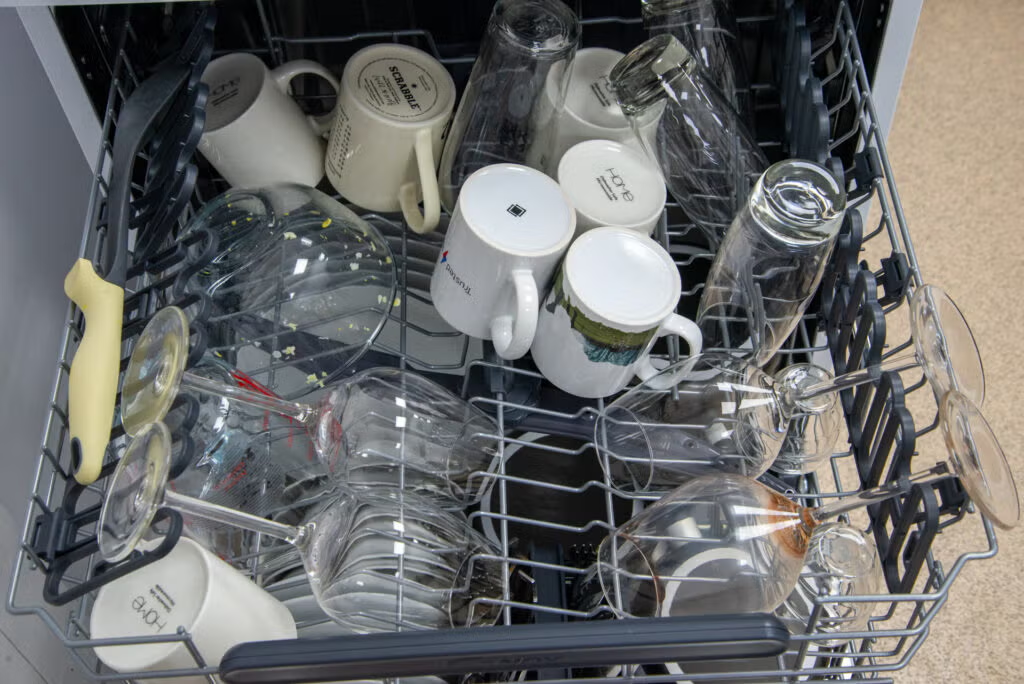
Dishwasher repairs have always been costly, but the trend toward high-tech, energy-efficient models is making them even more expensive. A failing motor or pump can cost between $300 and $600 to replace, while electronic control board issues may require a $400 repair. Since newer dishwashers use more sensors to optimize water usage and drying cycles, diagnosing problems often requires a technician with specialized knowledge.
In many cases, a seemingly small issue—such as a broken latch or a malfunctioning heating element—can turn into a costly repair. The growing use of touchscreens and digital displays also means that software glitches can occur, requiring full system resets or part replacements. Additionally, as more dishwashers incorporate Wi-Fi connectivity for remote monitoring, software updates and compatibility issues can lead to unexpected malfunctions. With repair labor rates continuing to climb, even routine fixes will be pricier in 2025. Homeowners may find themselves debating whether to repair or replace their dishwashers altogether.
6. Ovens and Ranges
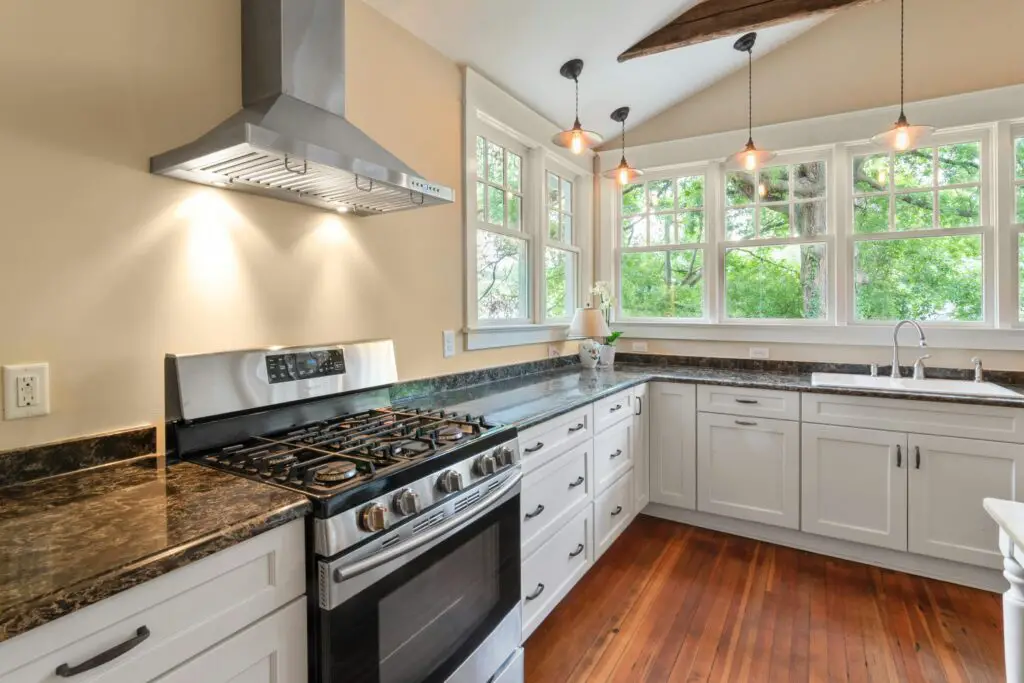
Ovens and ranges are essential kitchen appliances, but they can be extremely expensive to repair when they break down. If the heating element in an electric oven fails, the replacement cost can range from $300 to $500. Gas ovens with faulty igniters or valves can be even more expensive to fix, with repairs often exceeding $600. Since modern ovens include digital controls and smart technology, software issues can also contribute to costly service calls.
Many high-end models now come with Wi-Fi connectivity, air frying capabilities, and precision temperature controls, all of which increase repair complexity. If the control panel malfunctions, homeowners may need to spend over $700 for a replacement. Additionally, self-cleaning ovens are notorious for causing overheating issues, sometimes damaging internal wiring in the process. Because many oven components are built into cabinetry, accessing and repairing them can require extra labor costs. As manufacturers continue adding more features, oven and range repair prices are only expected to rise in 2025.
7. Furnaces
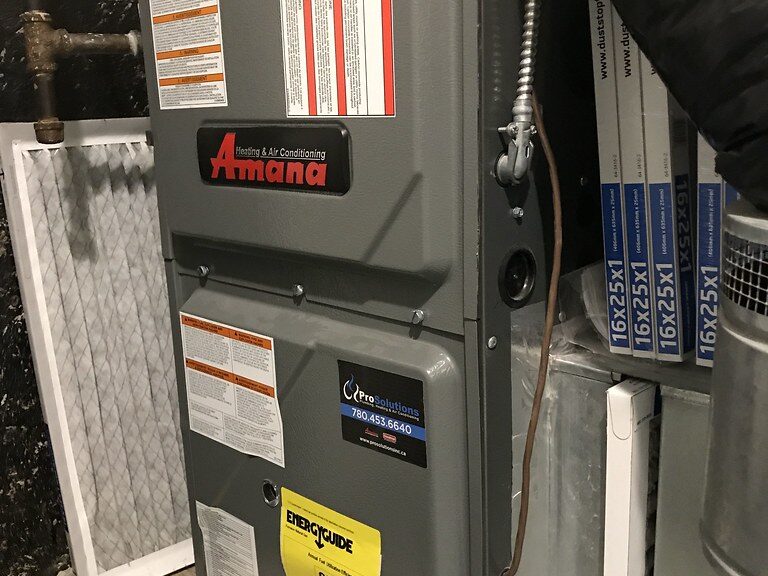
Furnaces play a crucial role in home heating, but repairing them has become increasingly expensive. A failing blower motor, which distributes heat throughout the home, can cost between $600 and $1,200 to replace. If the heat exchanger cracks, which is a serious issue that can lead to carbon monoxide leaks, the repair bill can easily exceed $2,000. Modern furnaces rely on electronic ignition systems instead of traditional pilot lights, and these parts are often costly to replace.
With newer models incorporating Wi-Fi connectivity and smart thermostats, diagnosing problems has become more complex. A malfunctioning thermostat can disrupt the entire heating system, requiring a service call that costs several hundred dollars. Many furnaces now include variable-speed motors, which improve energy efficiency but are more expensive to fix when they fail. Additionally, routine maintenance is becoming more crucial, as neglected furnaces are more likely to suffer from costly breakdowns. Given rising labor costs and supply chain issues affecting replacement parts, furnace repairs will be a significant financial burden in 2025.
8. Microwaves
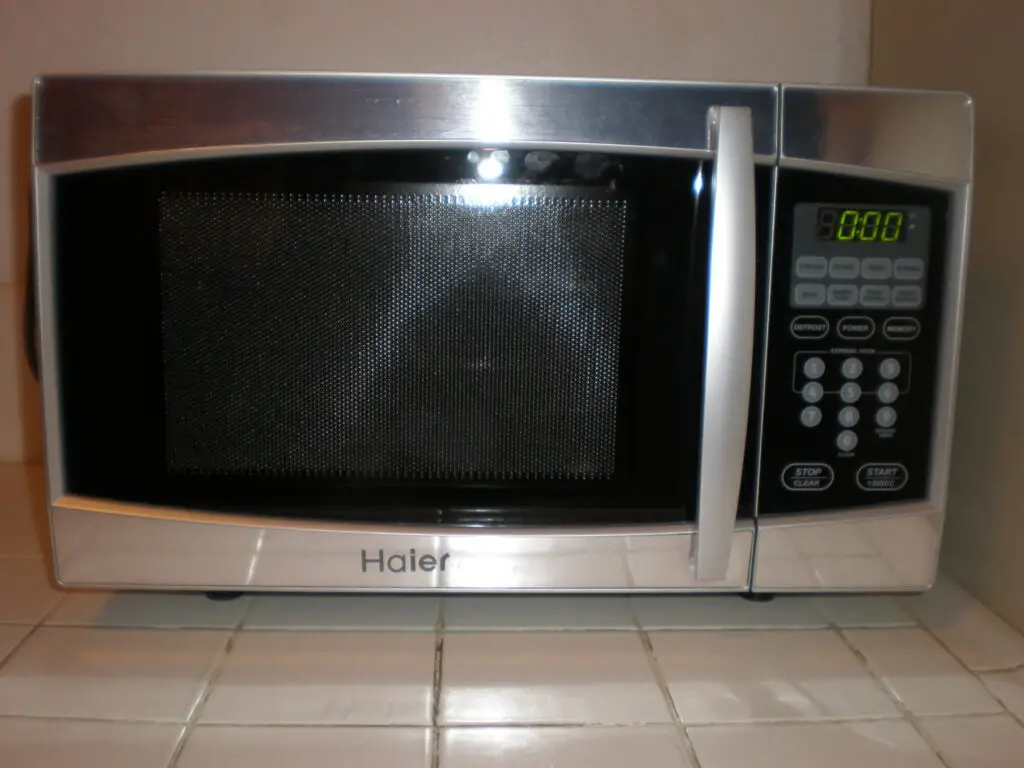
Microwaves may seem like a simple kitchen appliance, but repairs can be surprisingly expensive. While a basic microwave might be cheap to replace, high-end models built into kitchen cabinetry or over-the-range designs can be costly to fix. If the magnetron—the component responsible for generating heat—fails, a repair can cost anywhere from $200 to $500. Since microwaves have tightly integrated electrical systems, diagnosing and fixing problems often requires a professional technician.
Many newer microwaves feature advanced touchscreens, voice control functions, and sensor cooking technology, all of which introduce additional failure points. If the control panel malfunctions, a repair could cost almost as much as replacing the unit. Smart microwaves, which connect to Wi-Fi for remote operation, can suffer from software issues that require firmware updates or professional servicing. Additionally, built-in models often require extra labor costs for removal and reinstallation. As technology advances, microwave repairs are only expected to become more expensive and complicated.
9. Garbage Disposals
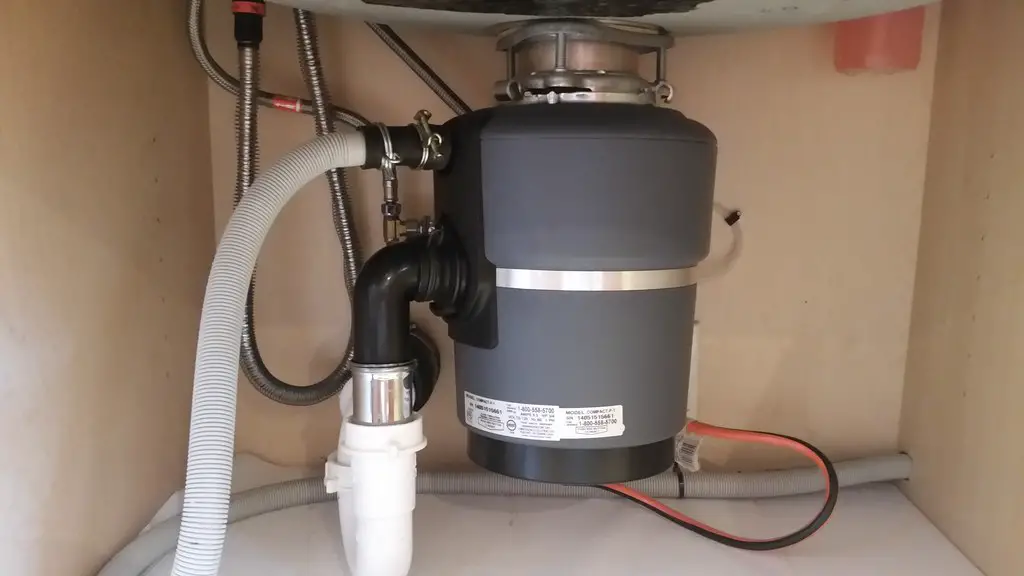
Garbage disposals may be small appliances, but when they break, repairs can be unexpectedly costly. If the motor burns out, the cost of replacement can range from $250 to $600, depending on the unit’s power and brand. Clogged or jammed disposals often require a professional plumber to dismantle the unit, which adds labor costs to the final bill. Some newer models feature noise reduction technology and higher horsepower motors, which can make repairs more complicated.
In addition to mechanical issues, electrical failures within garbage disposals are becoming more common due to smart home integrations. If a disposal is connected to a smart kitchen system, diagnosing software or connectivity issues can require specialized knowledge. Homeowners with high-end stainless steel disposals may also face higher costs for replacement parts. Leaks in the disposal system can lead to water damage under the sink, requiring additional repairs beyond just the unit itself. With plumbing service rates rising, garbage disposal repairs will likely become even more expensive in 2025.
10. Range Hoods
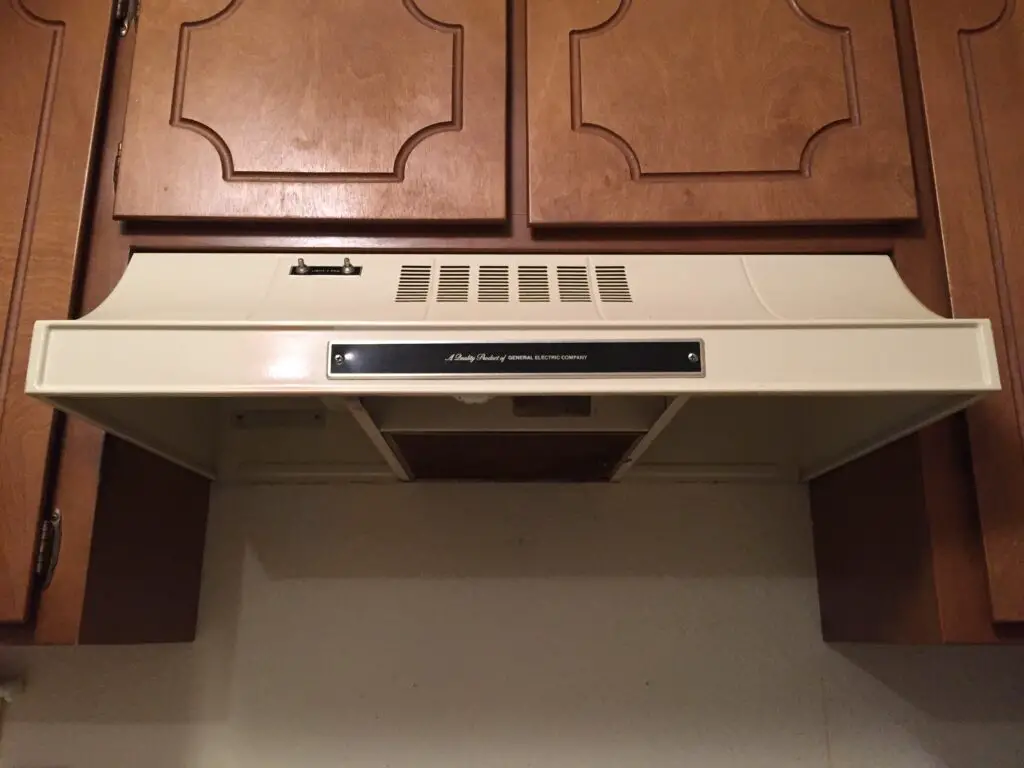
Range hoods are often overlooked until they malfunction, and repairs can be surprisingly expensive. If the fan motor fails, homeowners can expect to pay between $300 and $700 for a replacement. High-end range hoods with touch controls, smart ventilation, and automatic sensors are even more costly to fix. Since these hoods are often mounted above stoves, accessing and repairing them can require specialized labor.
Electrical problems, such as faulty wiring or circuit board failures, can also drive up repair costs. Many modern range hoods include LED lighting and heat sensors, which introduce additional points of failure. If the ventilation system becomes clogged or damaged, it can lead to smoke and grease buildup, requiring an expensive cleaning and repair service. Some premium models are integrated with home automation systems, making troubleshooting even more complex. As kitchen technology advances, range hood repairs are expected to become more complicated and expensive.
11. Freezers
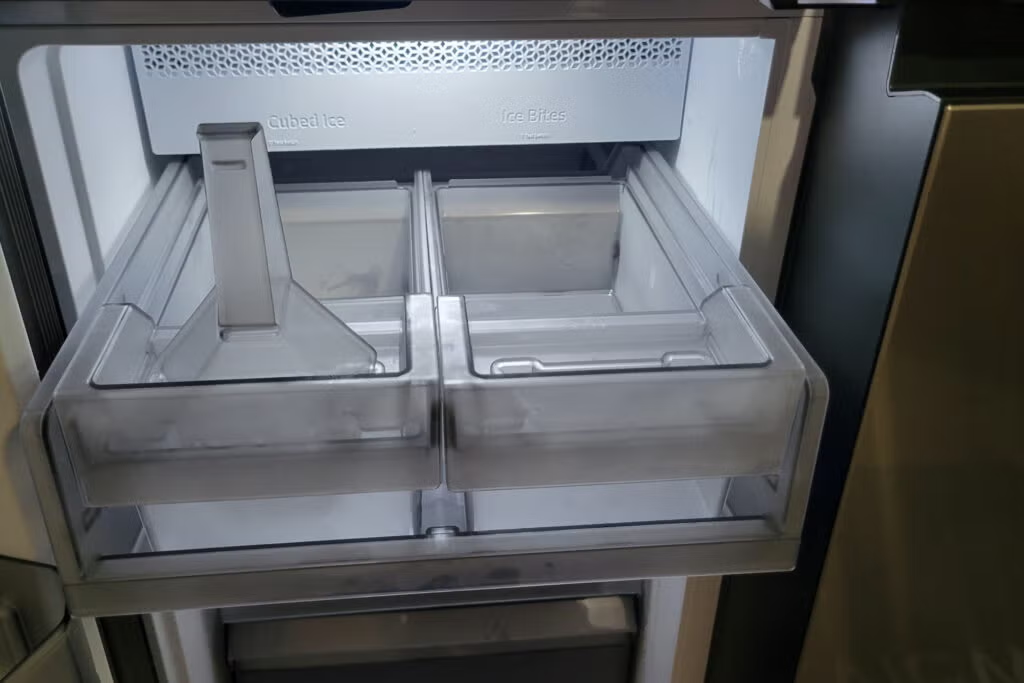
Standalone freezers, whether upright or chest models, are becoming increasingly costly to repair. A failing compressor, one of the most common issues, can cost between $500 and $1,200 to replace. Refrigerant leaks, which require specialized tools to diagnose and fix, can add another $300 to $700 to the bill. Since freezers need to maintain a consistently low temperature, even minor issues with the thermostat or control board can lead to major food spoilage.
Smart freezers with Wi-Fi monitoring and temperature alerts introduce additional failure points. If the electronic control panel malfunctions, homeowners could be looking at a repair bill of over $600. Ice buildup from a faulty defrost system can also cause expensive damage to internal components. Many newer models use sealed cooling systems, which make repairs more complicated and costly. Given the rising costs of labor and replacement parts, freezer repairs will continue to be a significant expense in 2025.
12. Coffee Machines

High-end coffee machines, particularly built-in or super-automatic models, can be surprisingly expensive to repair. If the pump fails, replacement costs can range from $250 to $600. Touchscreen and smart coffee makers are even more costly to fix, as digital components require specialized servicing. Many premium machines also feature internal grinders and milk frothers, both of which are prone to breakdowns.
Since coffee makers are exposed to water and steam regularly, mineral buildup can lead to clogged tubes and malfunctioning valves. Repairing these issues often requires professional descaling and part replacements, adding to the expense. Some brands use proprietary components, making it difficult to find affordable replacement parts. If the heating element burns out, a repair may cost almost as much as a new machine. As coffee makers become more high-tech, their repair costs will continue to climb in 2025.
